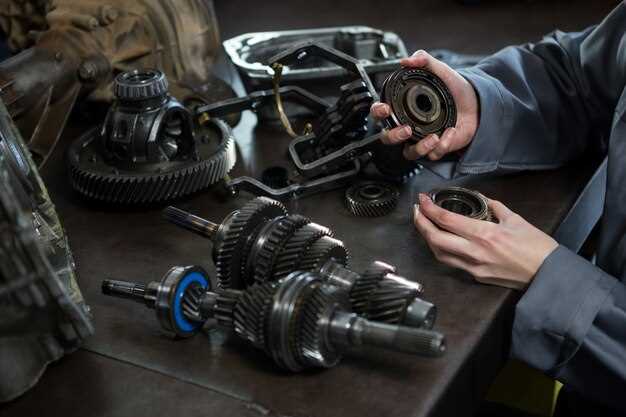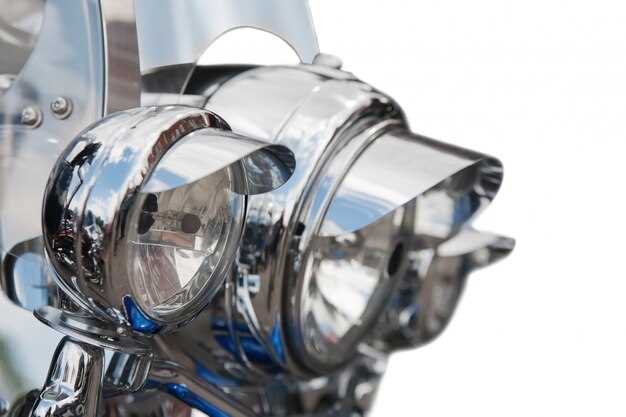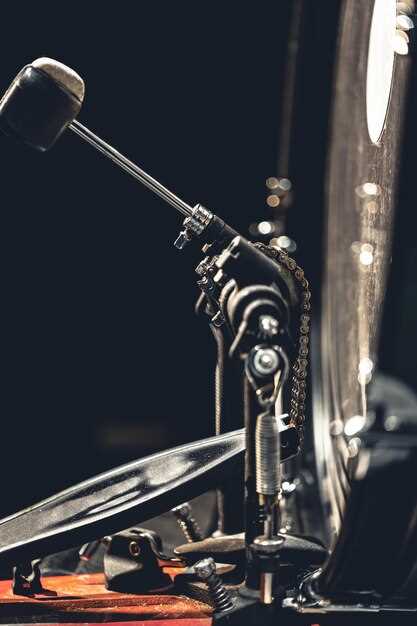
When it comes to maximizing performance on the track, the importance of an upgraded suspension system cannot be overstated. A well-tuned suspension significantly enhances a vehicle’s handling characteristics, allowing drivers to tackle corners with more confidence and speed. As competitive racing becomes increasingly popular among automotive enthusiasts, understanding the best suspension upgrades can be pivotal in achieving that elusive advantage over rivals.
Upgrading your car’s suspension involves more than just swapping components; it requires a thorough understanding of how various parts interact to create a cohesive driving experience. This article will explore the most effective suspension upgrades, focusing on coilovers, sway bars, and bushings, each offering unique benefits that can elevate a car’s track performance. Whether you’re a seasoned racer or a weekend warrior, these enhancements can transform your vehicle into a well-oiled machine capable of conquering even the most challenging circuits.
In this comprehensive guide, we will delve into the features and benefits of each upgrade, providing insights on what to look for and how they can impact your overall performance. From fine-tuning ride height to improving cornering stability, these modifications will not only enhance your lap times but also contribute to a more enjoyable driving experience. Prepare to unlock the full potential of your vehicle as we take you through the best suspension upgrades for track performance.
Choosing the Right Coilovers for Enhanced Handling
Selecting the right coilovers is crucial for maximizing your vehicle’s track performance. Coilovers not only adjust ride height but also play a significant role in tuning the suspension’s damping characteristics. When it comes to enhancing handling, several key factors must be considered.
1. Type of Coilover: There are two primary types of coilovers: full coilovers and coils with adjustable dampers. Full coilovers allow for more comprehensive adjustments, including ride height and damping, while adjustable dampers provide some customization but may limit ride height settings. For track enthusiasts, full coilovers are generally recommended due to their flexibility and performance potential.
2. Spring Rates: The spring rate of coilovers directly influences handling and ride comfort. A higher spring rate typically offers better handling by reducing body roll during cornering but may sacrifice ride comfort on uneven surfaces. It’s essential to find a balance that suits your driving style and track conditions. Consider consulting with professionals or using data from similar setups to determine the appropriate spring rates.
3. Damping Adjustment: Look for coilovers with adjustable damping. This feature allows you to fine-tune the suspension to suit different track layouts and conditions. Two-way adjustable dampers offer independent control of compression and rebound settings, providing greater versatility. Experimenting with these settings on track days can significantly improve your lap times and overall performance.
4. Material and Build Quality: Coilovers are subjected to extensive stress and environmental exposure. High-quality materials, such as aluminum and hard-anodized coatings, can enhance durability and resistance to corrosion. Cheaper coilovers may save costs initially but can lead to premature failure and additional expenses down the line. Choose brands known for their engineering and reliability.
5. Compatibility: Ensure the selected coilovers are designed specifically for your make and model. Improperly fitted coilovers can lead to alignment issues, affecting handling and tire wear. Research compatibility and read reviews from other users with similar vehicles to ensure you’re making a sound investment.
6. Installation and Setup: Professional installation is highly recommended if you’re unfamiliar with suspension tuning. A precise setup, including alignment and corner balancing, can dramatically affect performance. An expert can help you configure your coilovers optimally, ensuring you reap the full benefits of your upgrade.
In summary, choosing the right coilovers involves careful consideration of various factors, including type, spring rates, damping adjustment, material quality, compatibility, and expert installation. By paying attention to these details, you can significantly enhance your vehicle’s handling capabilities on the track.
Optimizing Anti-Roll Bars for Improved Stability

Anti-roll bars, also known as sway bars, play a crucial role in enhancing a vehicle’s stability during cornering and high-speed maneuvers. By minimizing body roll, they help maintain tire contact with the road, improving grip and control. To optimize anti-roll bars for track performance, several key factors must be considered.
First, the choice of material influences the stiffness and weight of the anti-roll bar. Opting for lightweight, high-strength materials, such as aluminum or tubular steel, allows for a reduction in unsprung weight, which is beneficial for overall handling. A stiffer anti-roll bar reduces body roll but may also lead to a harsher ride, so finding the right balance is essential.
Next, adjusting the diameter of the anti-roll bar can significantly affect its performance. A larger diameter increases stiffness, providing better stability during cornering. However, this can also cause oversteer if the rear bar is overly stiff compared to the front. For optimal results, it’s crucial to adjust both front and rear anti-roll bars in conjunction to achieve the desired handling characteristics.
Moreover, adjustable anti-roll bars offer the advantage of fine-tuning performance based on track conditions and driver preference. These bars typically feature multiple mounting points that allow for easy adjustment of stiffness. Experimenting with different settings can help determine the ideal setup for specific tracks or driving styles.
Another essential aspect is the installation of end links. Upgrading to high-quality, adjustable end links can enhance responsiveness and provide better feel when cornering. These components help maintain proper geometry throughout the suspension’s travel, ensuring effective transfer of forces during dynamic driving conditions.
Lastly, regular maintenance and inspection of the anti-roll bar system are vital. Check for wear and tear on bushings and connections, as these can diminish performance over time. Replacing worn components ensures that the anti-roll bars function effectively, maintaining optimal stability during aggressive driving.
Selecting Performance Bushings for Better Feedback

Performance bushings are critical components in enhancing suspension dynamics, specifically in improving feedback from the vehicle to the driver. Unlike standard rubber bushings, which tend to absorb vibrations and road imperfections, performance bushings are often made from materials such as polyurethane or even solid metal, offering greater stiffness and less compliance.
When choosing performance bushings, consider the purpose of your vehicle and the type of track performance you aim to achieve. Harder bushings provide enhanced feedback by reducing the excess movements that can dull the communication between the chassis and the driver. This results in more precise steering response and sharper handling characteristics.
Another essential factor is the balance between comfort and performance. While firmer bushings improve handling, they can lead to a harsher ride quality, which might not be conducive for daily driving or long track sessions. It’s important to find bushings that maintain a balance, providing sufficient feedback without sacrificing ride quality excessively.
It’s also advisable to look for bushings that are designed specifically for your vehicle make and model. Many aftermarket manufacturers offer bushings tailored to specific suspension setups, optimizing fit and function. This customization can further enhance the overall handling experience by reducing unwanted play and movement in critical suspension points.
Additionally, installation method plays a vital role in performance. Improperly installed bushings can negate the intended benefits, leading to inadequate feedback and potential wear issues. Professional installation is often recommended, ensuring alignment and fitment are optimal.
Finally, consider the longevity and durability of the bushings. Performance-oriented materials may wear differently compared to traditional ones, especially under aggressive driving conditions. Selecting reputable brands known for their quality can help ensure that the bushings withstand the rigors of track performance while maintaining effective feedback throughout their lifespan.


